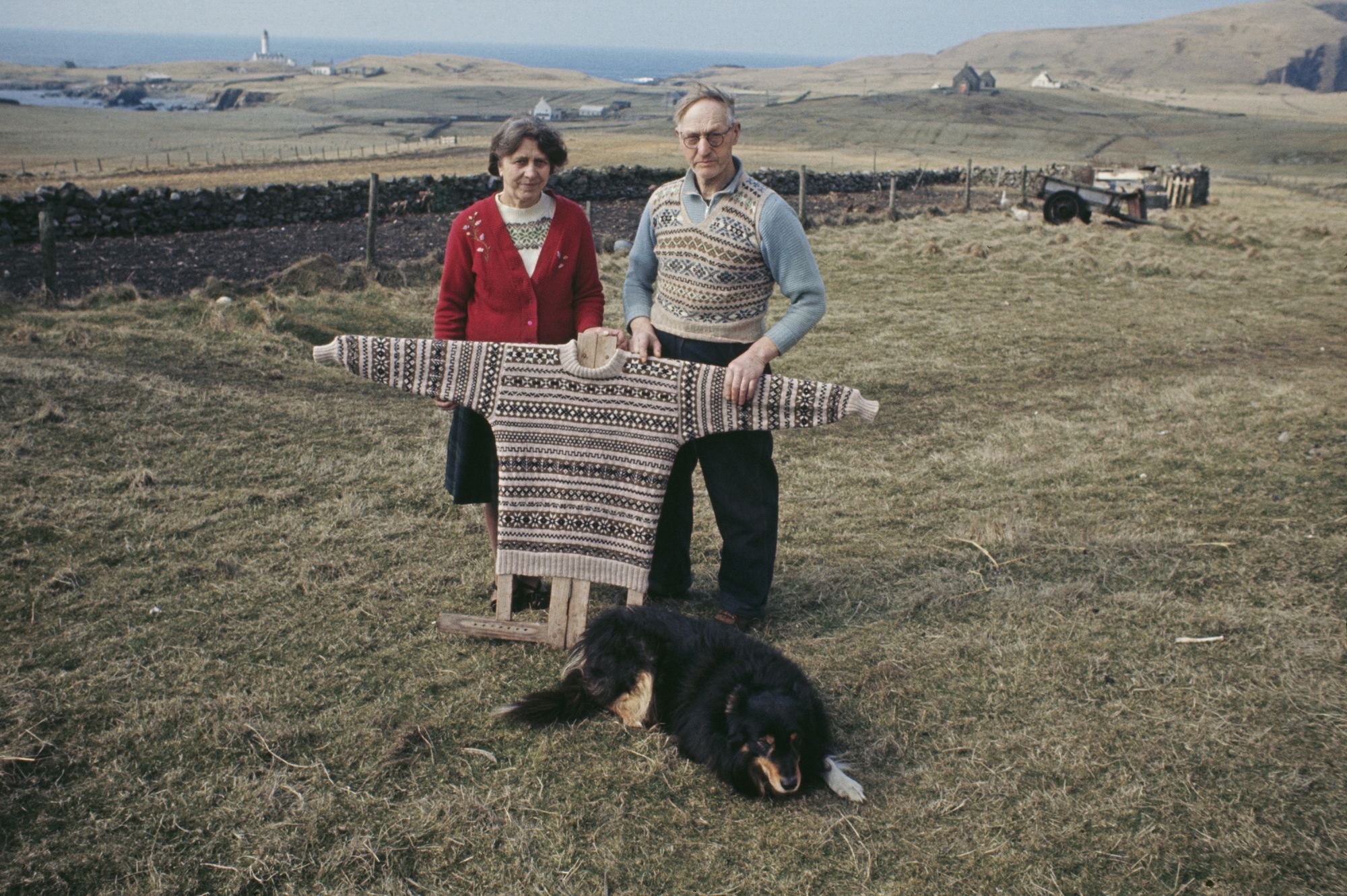Which fashion item is as beloved by members of the royal family as it is by JLo? Or as relevant on the runways of 2023 as in the knitting catalogs of 1960? The answer is surprisingly festive. The Fair Isle knit, a two-stranded knitting tradition originating off the coast of Scotland, has been a wardrobe staple for well over 100 years — keeping everyone from 18th century fisherman to Mick Jagger warm.
In the last five years, luxury brands Ralph Lauren, Thom Browne, Chanel, Celine, Balenciaga, Raf Simons, Versace and Dries van Noten have all sent their version of the heritage knit down the catwalk. London-based designer Molly Goddard has even made the pattern something of an unofficial signature, making sure to pair a structured Fair Isle-style knit with a flouncy, tulle skirt in almost every collection.
In short, it has become a winter classic that seems perpetually in vogue; for those in the northern hemisphere, it’s appropriate to shrug on as soon as the nights draw in right until sweater weather deteriorates. That being said, even in Los Angeles, Hailey Bieber was spotted in a Khaite caramel and blue Fair Isle style knit cardigan while grabbing coffee on December 19.
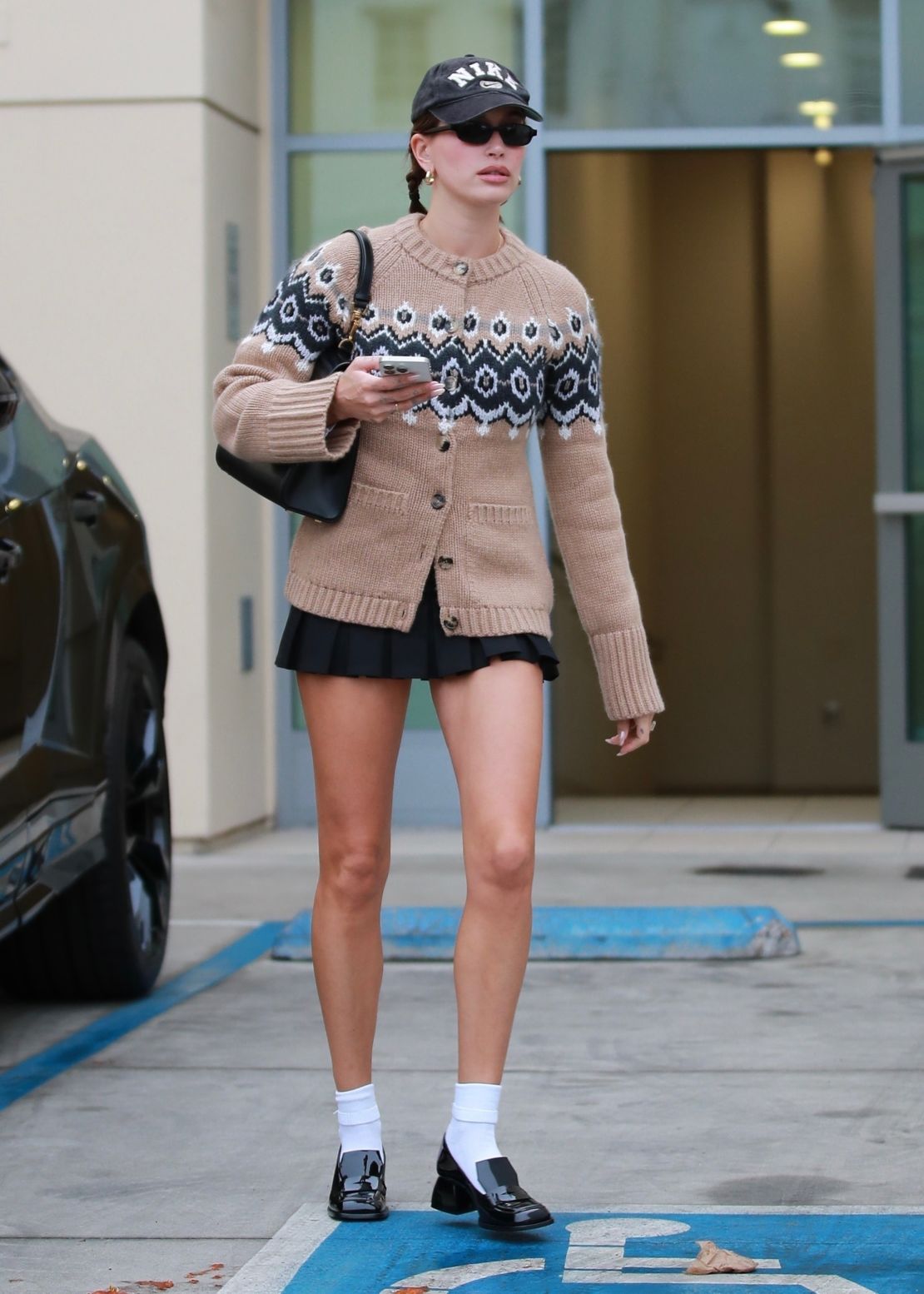
Taking its name from the island of Fair Isle — part of the Shetland archipelago about 100 miles off the northeastern coast of Scotland — the knitting technique first began in fisherman’s hats during the 18th and 19th century (our beloved sweaters came much later). The two strand pattern was not only artistic, but made the tall, conical shaped caps extra warm by doubling the textile mass. They often featured a knitted interior lining, too.
The typical Fair Isle knit follows an ‘OXO’ pattern, where a geometric ‘O’ is followed by an ‘X’ and repeated throughout the garment. Some knitters fill the ‘O’ shape with symbols such as crosses, snowflakes, or a central dot called a “goose’s eye”. What sets them apart from other fishing workwear is the vivid color palette. “They used blue, red, yellow, a natural white and a natural brown, called Shetland black,” said Dr Carol Christiansen, the curator and community museums officer at the Shetland Textile Museum — who have a large collection of pieces dating as far back as 1850. “The idea was that the skippers wore brighter colors so they were more easily seen, either from the land or by other boats.”
But how did functional workwear become one of fashion’s most enduring designs?
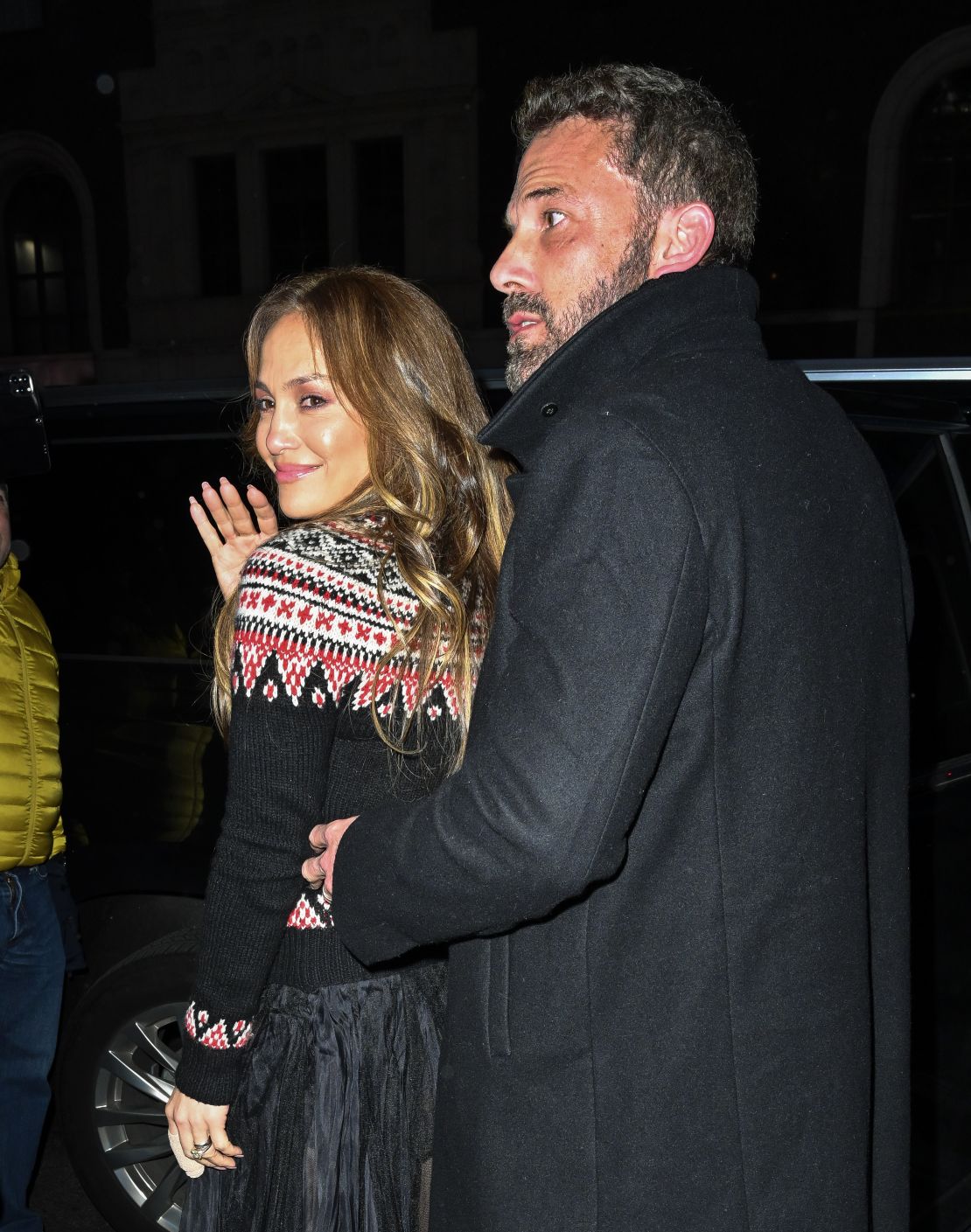
“They started to become a tourist item,” said Dr. Christensen in a phone interview. In the 19th century, fishermen from Norway and the Netherlands came to the area to work and catch herring — a lucrative summer business — in Shetland’s waters. The funny little colorful hats worn by the Fair Isle workers were seen as novel, charming and the perfect souvenir for the visiting Dutch fishermen to bring home. By 1870, Shetland had a regular boat and postal service, which boosted the scale of trade and tourism. It soon became a holiday destination for keen huntsmen or bird shooters who, just like the Dutch skippers, could take a piece of Fair Isle back with them. As demand grew, so did the trade. Suddenly the pattern was available in stockings, gloves, scarves and finally, pullovers.
The look shot to popularity in the 1920s, when a portrait of the then-Prince Edward by Sir Henry Lander was painted in 1923 strengthened the design’s association with sportsmanship. Rendered fresh off the golf course in a muted Fair Isle v-neck and tartan flat cap, the British royal helped catapult the style into the mainstream. It came just as womens’ styles were changing, too. Looser, more comfortable garments were eclipsing the restrictive nature of corsets and petticoats thanks to designers such as Paul Poiret and Gabrielle Chanel (the latter was a fan of Fair Isle herself, photographed in a collared cardigan with the distinctive ‘OXO’ pattern in 1910). Women were wearing similar cardigans, pullovers — often knitted by themselves, if couture was out of reach — and pleated knee-length skirts.
Fair Isle quickly morphed into a symbol of family when in the 1940s and 50s it became a lynchpin of women’s knitting pattern books. Mothers all over the UK would not only knit themselves a piece, but their husband and, using the leftover yarn, their children, too. Suddenly entire nuclear family units were dressed in matching Fair Isle — making it a visual shorthand for ideas of tradition, convention and wholesome living that modern designers still use to evoke nostalgia today.
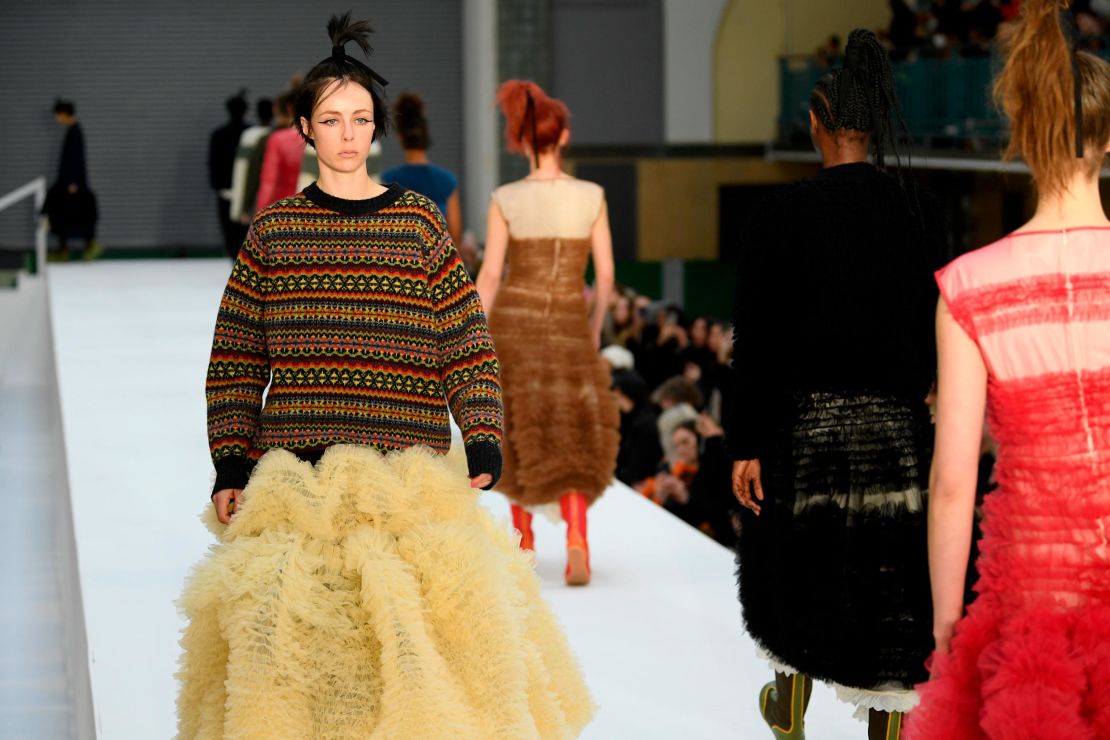
“I think anything with a sense of place and time gives people a sense of belonging,” said senior knitwear designer Emma Brooks for British label Toast in an interview via Zoom. Fair Isle knits are a consistent pillar of the brand’s Fall-Winter collections, who have a partnership with a specialist factory in Scotland (though not in Shetland) and often work with local Scottish yarn spinners. “There’s something about a knitted jumper and a motif around the yoke that is flattering. It’s a pop of color without being too overwhelming, I think that taps into a lot of people’s way of dressing.”
While the design has never been officially trademarked, there is a heritage quality to a traditional Fair Isle that is hard to replicate — though it is often attempted. In 2015, Chanel revived their affiliation with the pattern in a Metier d’Arts collection in Rome (a collection dedicated to celebrating the craftwork of their ateliers). The knits ironically sparked controversy after independent Shetland label Mati Ventrillon claimed Chanel copied her designs after the fashion house visited her studio as research. Chanel apologized and credited Ventrillon in subsequent marketing language promoting the show.
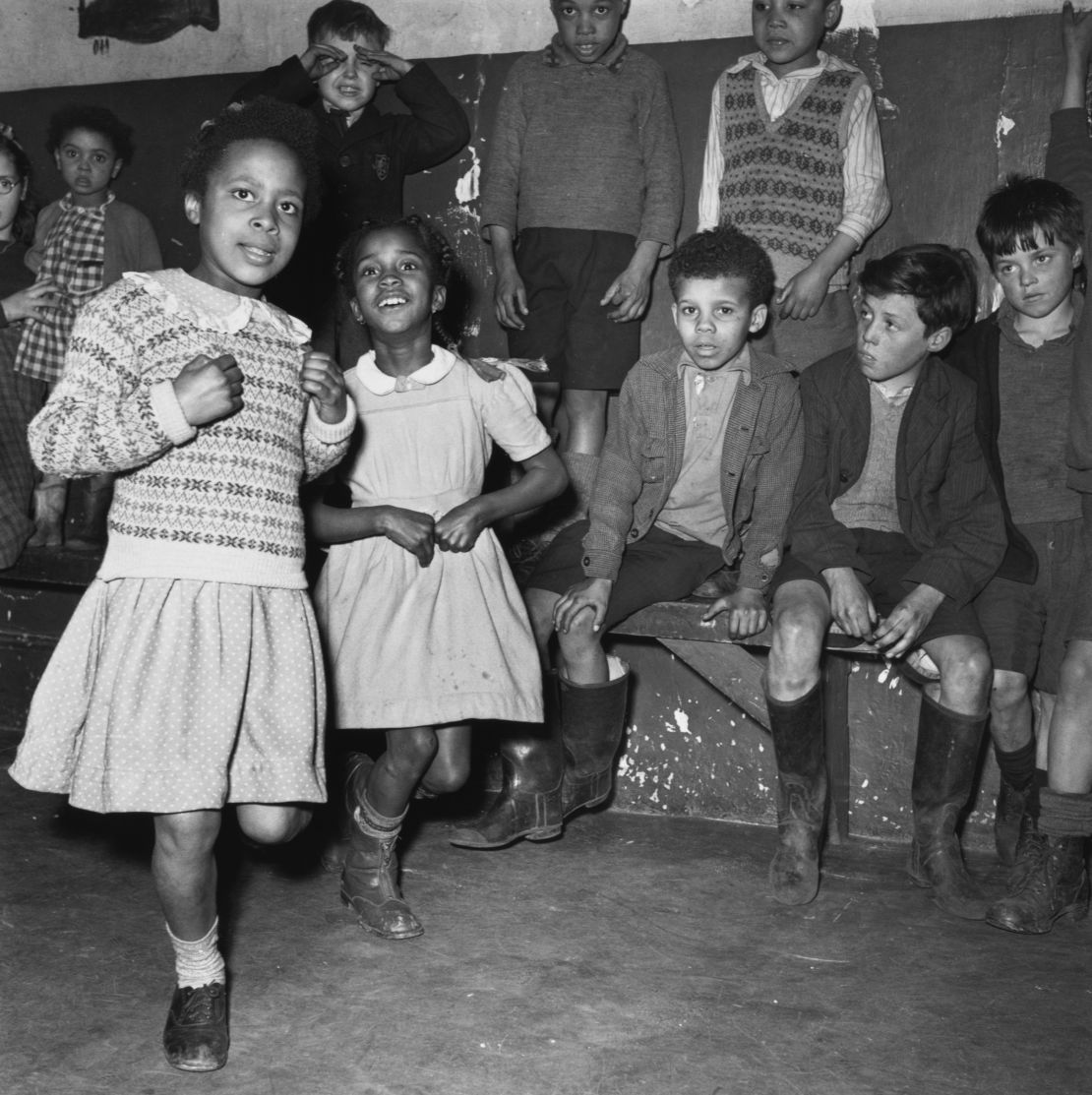
Brooks is keenly aware of the cultural sensitivity of the craft, and even visited Dr. Christiansen at the Shetland Textile Museum in 2019 to look for design inspiration for Toast’s next collection, made with Shetland yarn. “It’s important to be sensitive to the fact that certain motifs are very traditional from a particular regional area,” said Brooks. “What surprised me about the (Shetland Textile archive) was the breadth in terms of color palettes. I think because of what you see in historical books of Fair Isle, I was expecting more muted colors. But there was a real expanse, and a sense of designs changing over time and (knitters mixing) tradition with a completely different style.”
Today, Dr. Christiansen believes trademarking the craft of Fair Isle is almost impossible. “There have been attempts, but it’s difficult since we never got as far as place designation,” she said. There’s also issues of cattle breeding, which means not all Fair Isle knits created on Shetland are made with wool from Shetland sheep. “It gets really complicated,” she said. “It’s a pity because now it’s probably too late. Fair Isle is being churned out all over the world.”
“That’s just how it is, it’s global fashion.”
